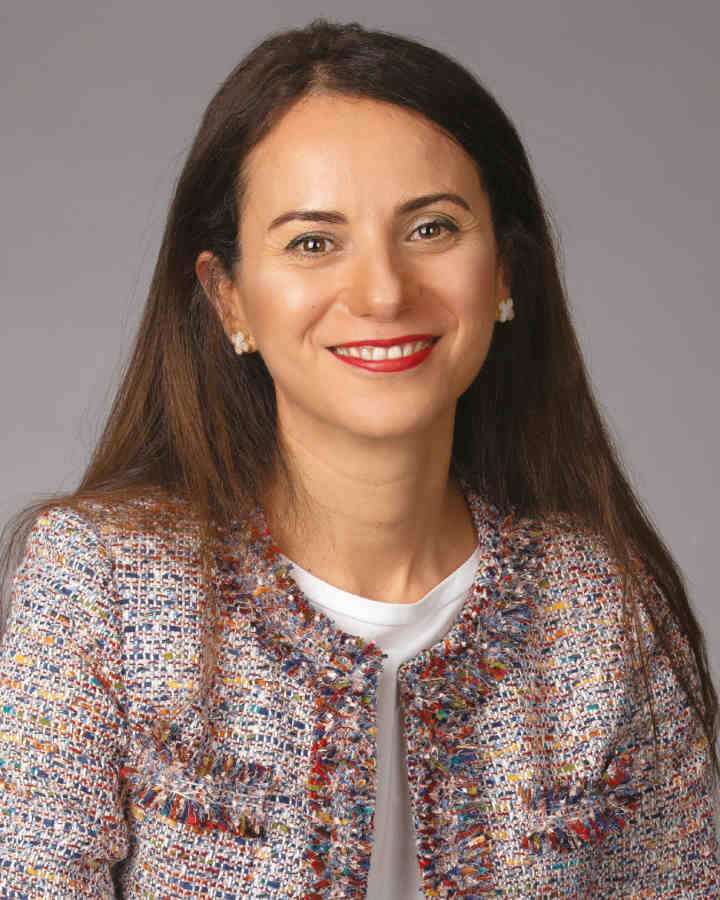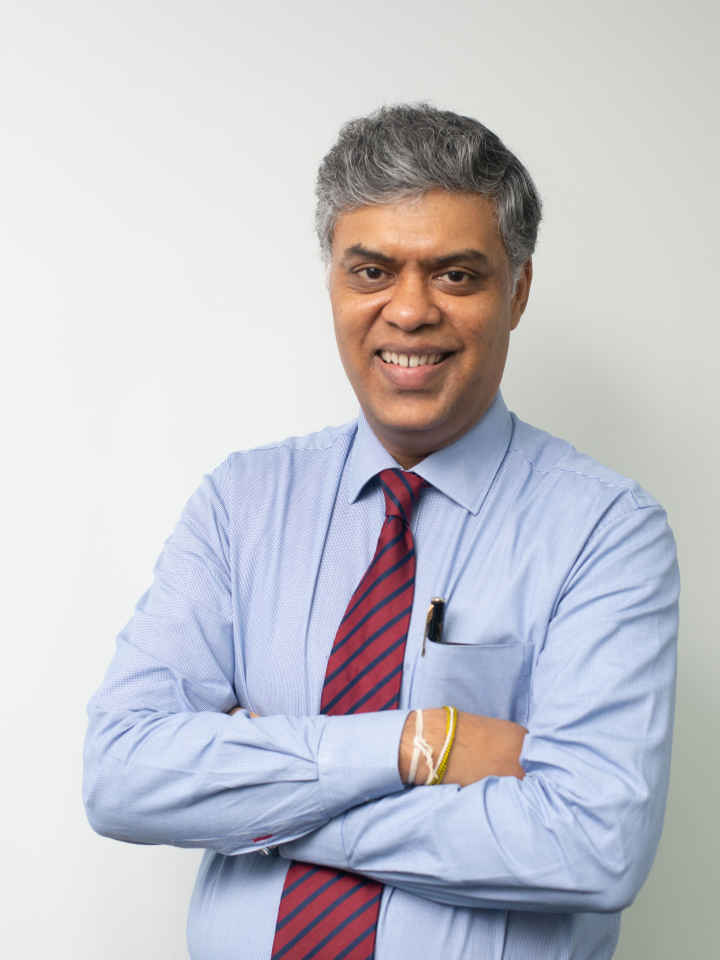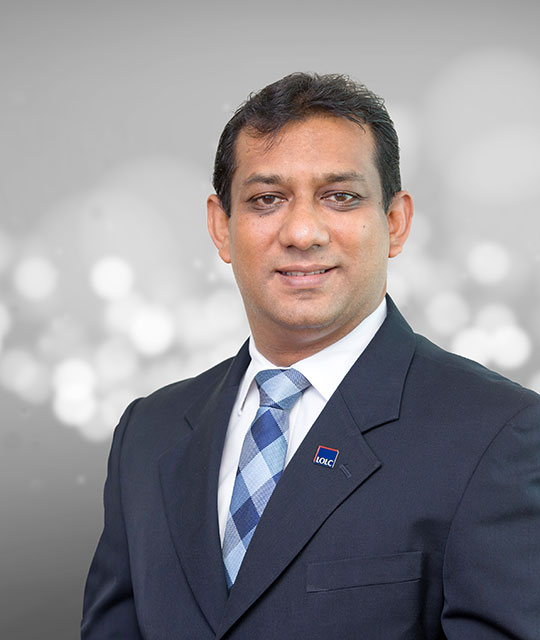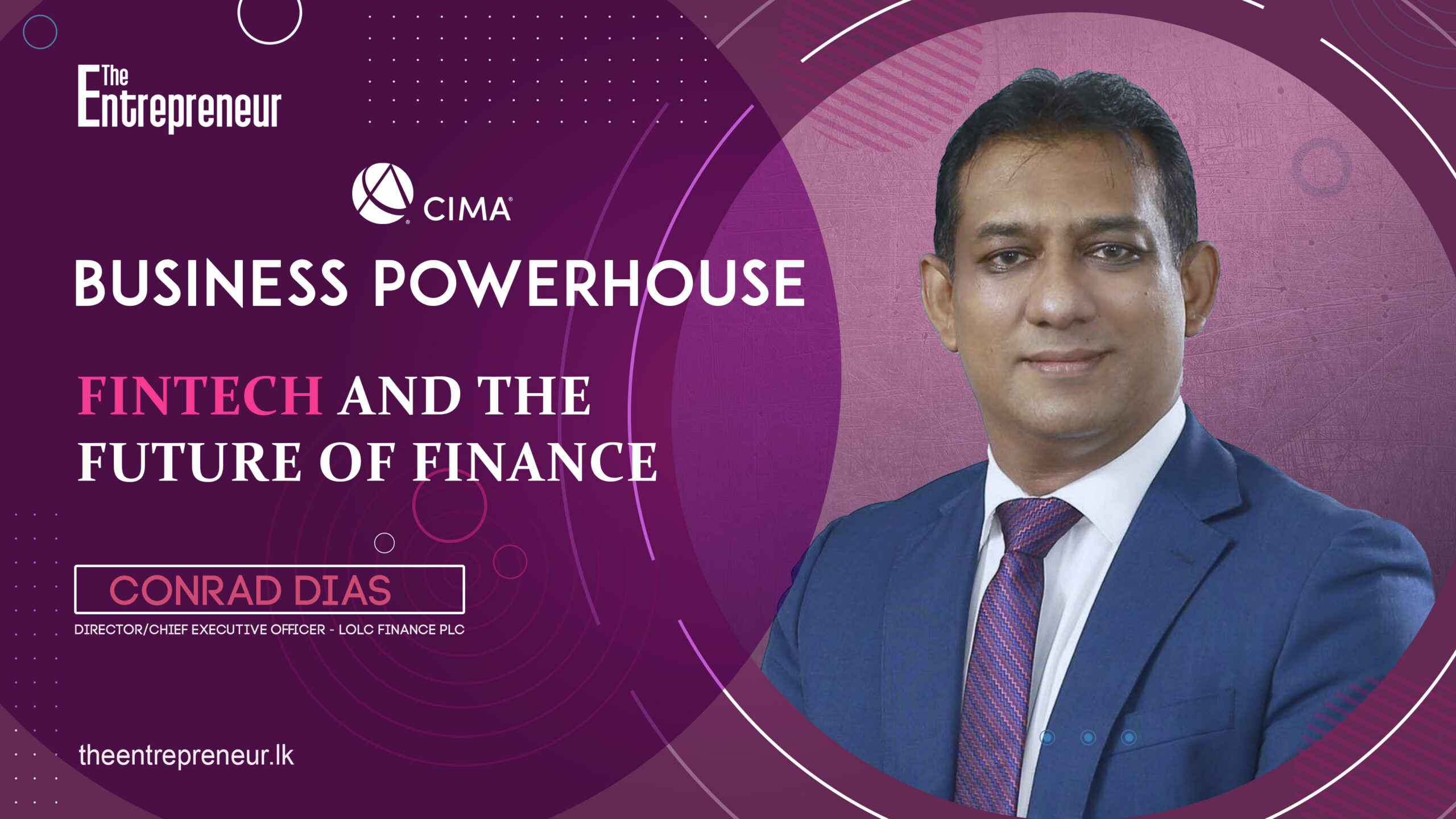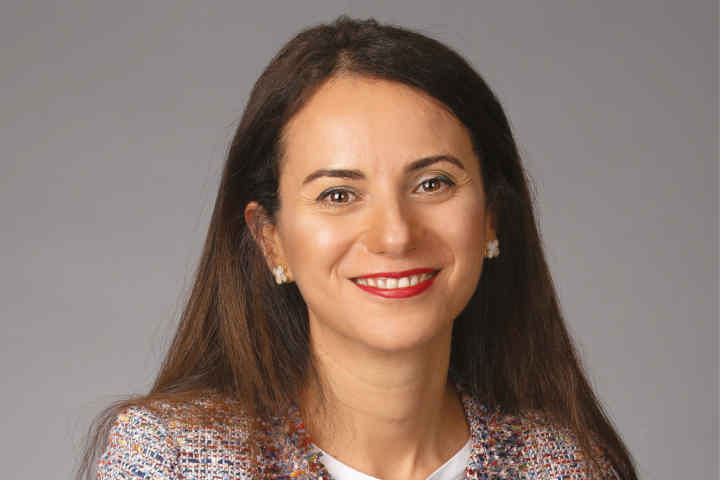Business Powerhouse
Beshan Kulapala | How the Tech Industry Can Reshape the Sri Lankan Economy
In light of the collaboration between CIMA and The Entrepreneur, Dr Beshan Kulapala, the co-founder of Vega Innovations and research scientist at CodeGen International, walks us through the promising tech industry of Sri Lanka and what the future can hold for it if navigated right.
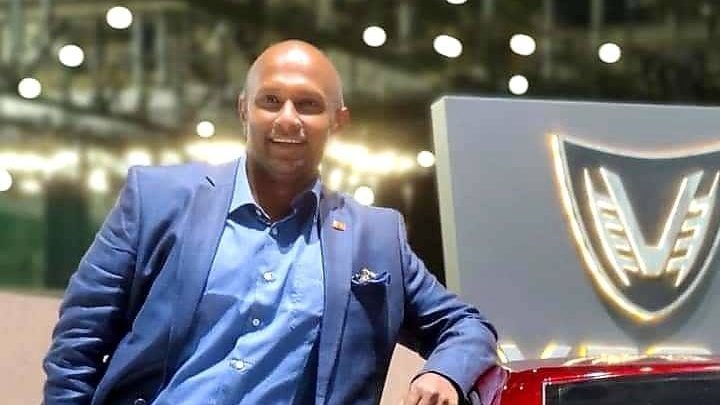
Q:
With over two decades in the industry, you bring your expertise from Intel Corporation – a technology advanced organization in the world before you founded vega innovations. Can you tell us how Sri Lanka is falling behind and what we might see in the future if we do it right?
I worked at Intel Corporation for about nine years. From my experience there, I know Intel has a long-term vision as to how they want to capture the market and they spent a lot of money on research and development to ensure that they have enough technology and innovation to keep up with the market. Intel is considered to be one of the giants in technology but they’re also not nimble or flexible. Companies like N-Media and AMD have shown that they can be small but be able to produce new innovations much faster than what Intel could. Samsung is a very good example. If you take Samsung, they would come up with a new chip every six months whereas Intel would take about two years.
Watch the full interview here
However when the market is slow and the economy is not at the peak, what Intel does is focus on R&D so that during the downtime they get faster technology out there and when the market catches up, they’re able to overtake competitors. In Sri Lanka, I feel it’s the other way around. When the market is slow, there’s hardly any dollars spent on R&D and when the market picks up, you still don’t have a solution to capture the market.
There’s a lot of work done to find out what people will need three years from today so that the R&D can be done on time. Whereas in Sri Lanka – at least what I can say from my experience here – all we’re doing is catching up. We’re always trying to develop the technology to get to where others have already gone.
Q:
You continue taking the local technology to a more global scale, producing not just a car – but an electric supercar here in Sri Lanka. Can you tell us what’s coming up next and what can we expect?
The electric supercar we built is a testament to what Sri Lankan youth can do. We put this team together who had no prior automobile engineering experience and were fresh graduates from universities. Some didn’t even have degrees and were able to come up with these novel technologies. Having said that, Vega EVX is just one of our products. With regards to automobiles, we are going to be manufacturing an electric three-wheeler in the middle of next year.

The electric three-wheel market in 2025 is a $35 billion market in the African, South Asian and Southeast Asian region. We are looking at the global market because if you capture even 1% of it, that’s still a huge business—we could move a lot of foreign currency back into the country. It’s something we can do without an investor on board. We also have another start-up called chargeNET, and we’re proud to say that we’ve started installing chargers in India. With a partner there, we are now looking at manufacturing in India too to get it across the country.
India is a massive country and any business opportunity there is now in the billion dollar ranges—so even if you penetrate India by a small margin, that is still a big opportunity. I think we Sri Lankans need to look at India more positively. For example, USA is a large first world country while Mexico isn’t, but the latter is focused on producing technology and providing services to the US and Canada, which is a huge revenue generator for them. We should be looking at similar opportunities with India as well.
Q:
Among your other inventions is the low cost ventilator. Considering that the main ideas behind new tech inventions are sustainability, efficiency and the cost factor, how do you balance profitability with low cost and latest technology?
With global warming and international regulations on carbon reduction there’s a lot of opportunity for EV-based and solar based companies to work with EU countries now. For them the cost of reducing their carbon footprint is a very high value addition, so they want to work with other partners who can help them in that aspect.

We are also one of the leading agriculture technology providers in the country, not just putting up greenhouses but providing automated technologies for agriculture. All of that binds together to form a circle in which you can find all our technologies—and when you have a cohesive system like that your cost of material is not a big problem. Nobody wants to buy just a solar inverter anymore. They want to buy a solution that will provide power when there’s a blackout, an experience that will reduce the cost of electricity, or a means to have safe food to eat.
People are looking for experiences, for solutions, and not just products—so when you focus on the value addition part then I think you’re in a good position to compete with others.
Q:
By now you have proven that Sri Lanka is ready to provide competitive tech-solutions to the world with that technology in hand. What are the challenges in converting it to production or manufacturing it right here from Sri Lanka?
We have been looking at this for some of our manufacturing as well, but the biggest problem is the cost of materials. Material costs are going up at a rapid pace right now especially with this economic crisis so it’s very difficult to cost our products. You can’t give a quotation for three months anymore.

However there should be ways for the export oriented manufacturers to have a safety net in terms of costs margins or some way to have a limit as to how they’re taxed. Tax policy itself is not geared for manufacturing here, it’s mostly catered for those that are service-oriented and agriculture-oriented. Manufacturing is like a secondary thing in this country so when you bring in items that you want to add value to, then manufacture and export, you’re spending tax. This is not a good way to create a manufacturing sector in the country.
I think having a workforce that has enough knowledge and capabilities also is one of the major issues. People talk about youth being focused on three-wheelers and not on other value added sectors, but I think it’s unfair to just blame three-wheel drivers for this because it’s an open market. Capitalism is in operation towards an extent and if they can make a better living from three-wheelers, then you can’t really blame them. It’s just that their living conditions are not met when they work at a factory, and I think big companies and manufacturing owners need to understand and do better in providing them with better pay, services and working environment.
Q:
Post-covid Sri Lanka has witnessed many tech start-ups who are ready to compete with the world. What advice would you give to them?
I think start-ups, especially tech start-ups, have a huge problem of finding funding. A lot of good ideas don’t go anywhere because there’s not enough venture capital coming in; there aren’t enough investors looking at tech start-ups. If somebody has a piece of land, hundreds of billionaires in Sri Lanka would invest in it, but you have these amazing start-ups that have invested a lot of time to build these technologies yet nobody wants to pump money into it. The rich people in this country who have benefited from many projects have the responsibility to take risks and invest in tech start-ups too because those are the companies that could be the billion dollar answer.
One thing that Tech start-ups need to focus is not just the interface but even simple things like what the graphics and the logos look like, and what kind of promotional videos they have. All those things matter.
There have been technologies built by our youngsters that are identical to some other million dollar technology out there, but the only difference is how they visualise it. Again, I think marketing is key. When you want to install an app and you go through the Playstore, you have several similar icons beside a small tag of text that will convince you that the second link is the one to install and not the first. It’s a very small window that you have and therefore you’ll need to spend a lot of time on that.

Even at Vega, we spend a lot of time on how the chargers look. When engineers get into products, they kind of lose sight of the visual and the design aspect of things. So my advice would be to get people together that have different expertise; get people from marketing, from sales or finance, from a design background, and people with ability to do demos and presentations so that you have a good team assembled. If you only have engineers working on something, you’re going to miss out.





